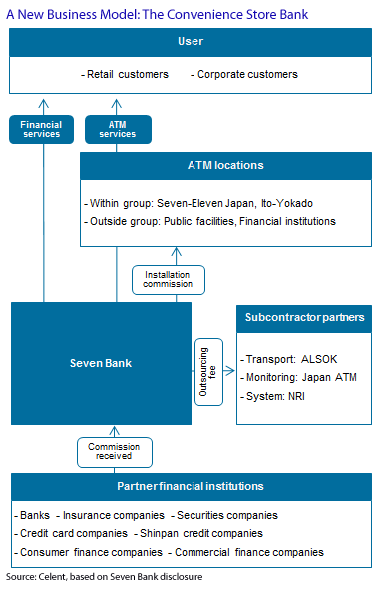The ATM in Japan: Part 2
Strategies and Initiatives
Abstract
This report focuses on three trends that Celent perceives as important in the automated teller machine industry in Japan. The report is based on interviews with and request-for-information surveys of multiple ATM vendors and is designed to shed light on the following three trends: the modularization of hardware; software’s evolution as a platform; and the increasing service-focus of business models.
In The ATM in Japan, Part 2: Strategies and Initiatives, Celent introduces the latest in vendor trends and initiatives by drawing on information gathered from several ATM vendors via interviews and questionnaire surveys. In addition, the report analyzes the potential of new ATM business models thrust into relief by recent survey data on ATM fees and the business partnerships.
Part 1 of this report examined the ATM business environment in Japan by exploring, among other things, the historical background and current state of the market as well as key attributes of ATM-related systems and services in Japan. Part 2 introduces recent corporate initiatives while summarizing the latest developments in ATM-related trends and suggesting that industry players prepare for the coming era in ATMs with a view that includes frameworks to function as guidelines for improved ATM sourcing model implementation. The report also offers factors to evaluate IT sourcing.

“A background of robust, high-quality ATM networks combined with extensive penetration of advanced ATM software and hardware enabling a high degree of operational and maintenance performance—all in conjunction with vendor-supplied operational and maintenance support—have allowed banks to shift branch banking operations from branch-manned teller windows to automated services,” says Eiichiro Yanagawa, Senior Analyst with Celent’s Asian Financial Services group and author of the report. “Today the advent of new methods of offering ATM services, such as convenience store ATM services, is spurring change. This change is empowering financial institutions with strategic options to separate ATMs from their management resources—facility or equipment assets and human resources—and outsource them as a new service platform that goes a dimension beyond what can be classified as simply an in-house or external ATM.”
Part 1 of this report is The ATM in Japan, Part 1: Trend Toward a Services Model and Modularization.

